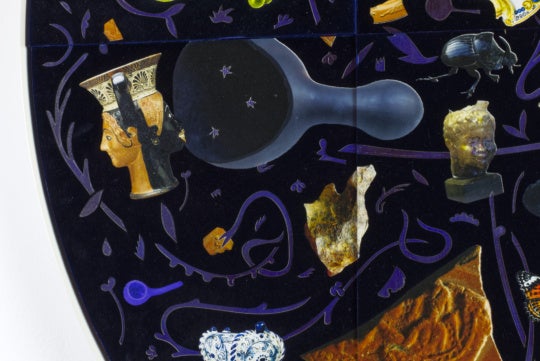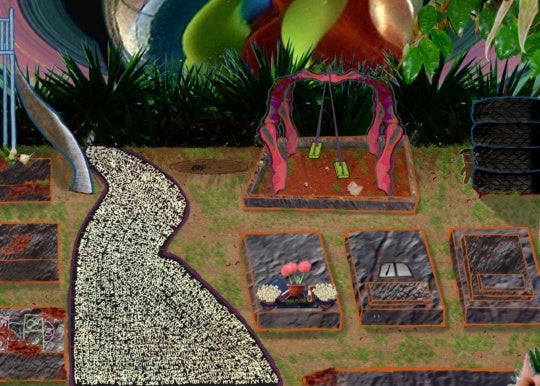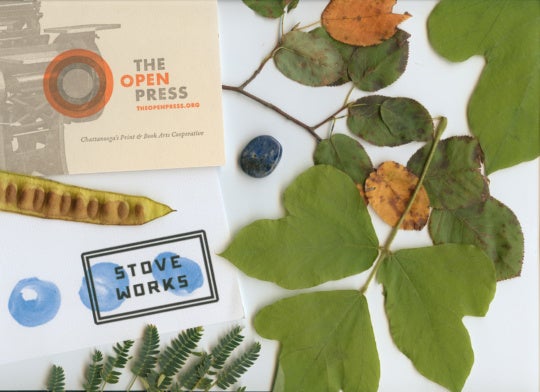
It’s said that it takes a village to raise a child, but what does it take to raise a village? This question is at the forefront of the next stage in creating the Mill Hill: East Macon Arts Village, an art-as-social-practice approach to revitalizing the blighted old neighborhood in East Macon. The idea for Mill Hill Village was conceived in spring of 2015 and has only continued to gain momentum. The project received a National Endowment for the Arts grant for $134,370 to support planning, additional funds from the Community Foundation and the Knight Foundation for development and to start an artist in residency program, and challenge grants of $211,000 and $813,000 from county commissioners for the restoration of the historic community auditorium and arts center in the village.

“So far everything has been really positive. The Roving Listeners were really effective in getting a lot of the folks engaged and having their voices heard in the planning process,” said Jonathan Harwell-Dye, director of creative placemaking at the Macon Arts Alliance, and one of the key players in helping to get the project off the ground. “The plans really reflect the wishes of the residents and people are engaged in that. The next stage, with the artists in residence, will be the next big community-building aspect.”
In order to maintain this level of community engagement, the Macon Arts Alliance launched the Mill Hill Visiting Social Practice Artist Residency, a program in which social practice artists will live in the neighborhood and collaborate with residents on art projects. The two artists chosen for the first installment of this program are Samantha Hill and Ed Woodham.
Harwell-Dye explains, “One of the reasons that we focused on the social practice artists is we want them to work as equals with residents in a collaborative process; social practice artists, that’s what they do. Secondly, we want those projects to provide cultural context for the neighborhood as it has existed in the past and as it exists today, that reflects the culture of the community that’s already there and then imagines a future that the community wants to see and will be the leaders on making that happen.”

Originally from Chicago, Samantha Hill focuses on creating multimedia art installations that tell the stories of people and places, and, in doing so, express the culture and heart of a region. “One of my goals as an artist is to develop engaging projects with communities about regional histories and culture,” said Hill in a press release, “The Mill Hill Visiting Artist Program will allow me the opportunity to collaborate with Macon artists and residents to develop projects which reflect the cultural aspirations for the Fort Hawkins neighborhood.”
Ed Woodham, the creator of Art in Odd Places, is also a multimedia artist. He specializes in visual and performance art, puppeteering and curating.
“I’m thrilled and excited to return to my Georgia homeland for an extended stay,” said Woodham in a press release, “I look forward to getting to know the residents of Fort Hawkins and the Macon arts community.”

In addition to the residency program and the in-process renovation of several houses and the community auditorium, this shared vision to enhance the community includes plans to create a linear park from Coliseum Drive up to the new entrance of the Ocmulgee National Monument. This park will connect the neighborhood and the Ocmulgee National Monument with a safe and walkable green space.
The rapid progress and success of these developments so far is largely due to the dedication of and partnership between the Macon Arts Alliance and the Urban Development Authority. The Macon Arts Alliance is responsible for the programming aspects of the village, while the UDA handles the purchasing and rehabilitation of the blighted properties.
“What we’re trying to do is, one, be cognizant of the history of that area. This is one of Macon’s first neighborhoods, one of Macon’s first integrated neighborhoods, and we want to preserve as much of that history as possible,” said Alex Morrison of the UDA, “We feel that this is going to be catalytic not only for East Macon but the entire urban core, because it is an example of what Macon’s all about. It’s about growing from within, preserving history and using art to express who we are as a community.”
Anna Mae Kersey is a journalist and academic writer who loves all things arts and culture. She recently graduated from Mercer University with an Honors B.A. in philosophy, and plans to pursue a Master’s of Liberal Arts at St. John’s College in Santa Fe in the fall. When she isn’t writing, she enjoys spending time with friends and family, traveling, modeling, music and yoga.




